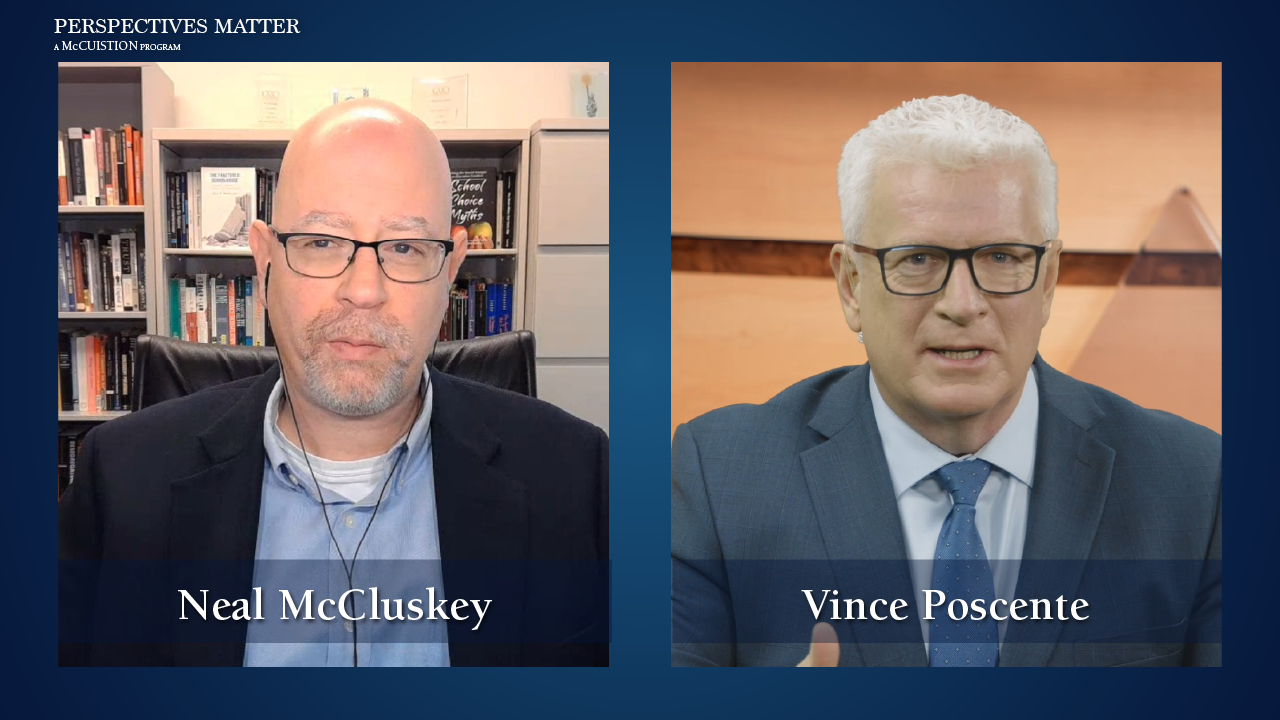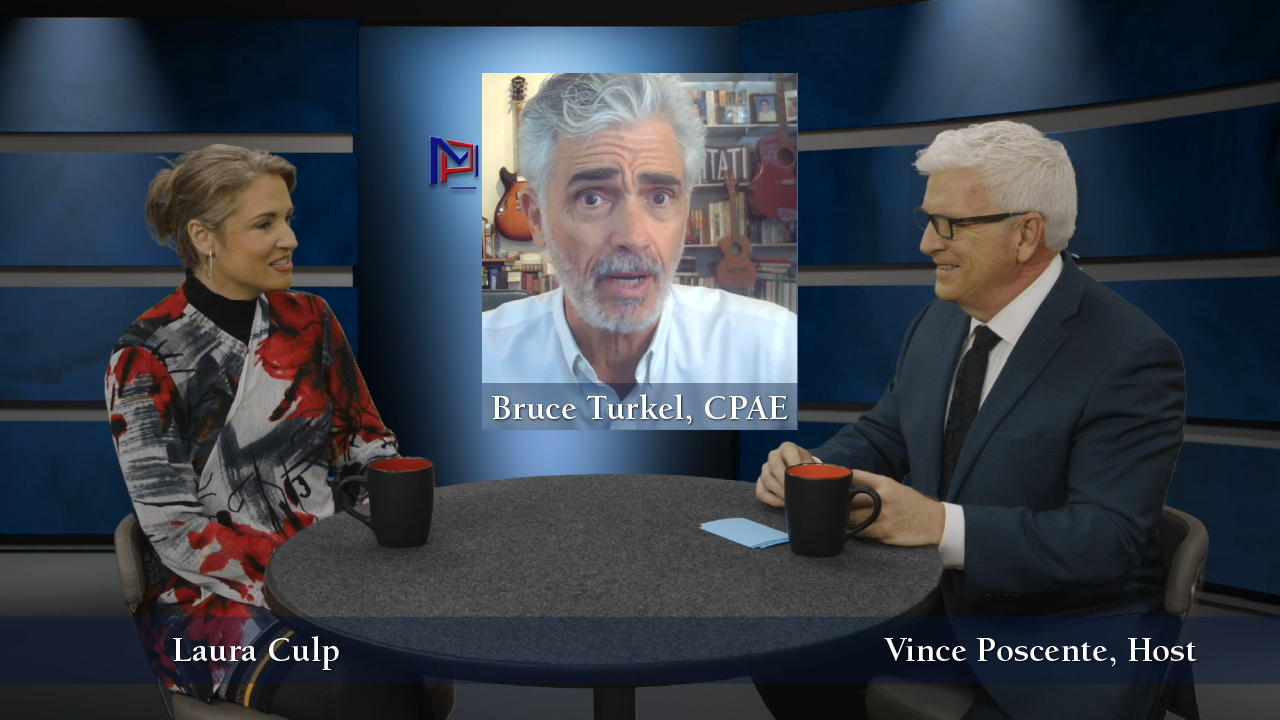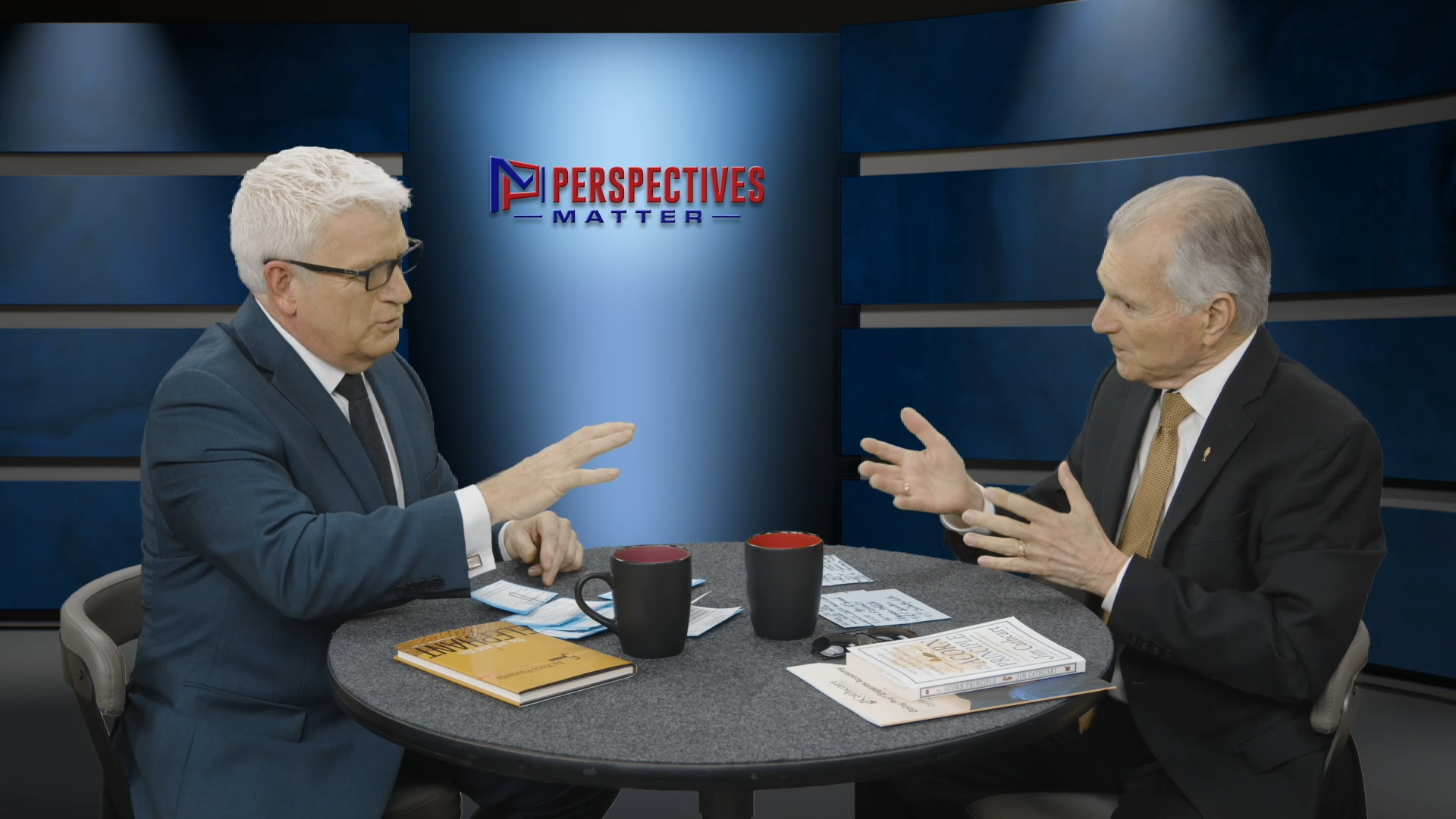In recent programs we’ve brought you good news on new energy sources, new drilling technologies and ways in which America’s energy security can be enhanced using these new technologies. The downside may be that the costs to the environment and citizens may be little understood as well as potentially dangerous. This program on clean air and climate change examines these possible challenges and explores how they can be eliminated, mitigated and better understood.
Clean Air and Climate Change Panelists Include:
- Cherelle Blazer: formerly with the Environmental Defense Fund, Executive Director of You Can’t live in the Woods
- Margaret Keliher: former Dallas County judge and Executive Director of Texas Business for Clean Air
- Tom “Smitty” Smith: Executive Director of Public Citizen Texas Office

Left to Right: Smitty Smith, Kelliher, Blazer
When looking at clean air and climate change, one of the challenges is fracking, a technology that has gained wide acceptance. Yet, “Smitty” Smith is concerned with fracking as it consumes significant water. The methane emissions challenge that of coal, and exceed the compounds from all of our cars in the Metroplex!
Cherelle Blazer agrees that although fracking would normally be a viable possibility, the methane emissions are a number one concern. There is danger due to explosions, and chemical concerns such as benzene. It is critical; she says that we make production cleaner, now that this technology is being used right in our own back yards.
The air we breathe and our possible effect on climate change must be considered in the debate over energy choices. There are risks involved with the rewards of more and better energy sources. Those risks are real and the role of public policy is to sort out how to understand, remove and mitigate those risks.
Margaret Keliher, whose experience pre-dates her involvement with Texas Business for Clean Air- when she was a Dallas County judge, believes that some of the concerns with drilling are caused by bad practices and mismanagement. “There is a balance we have to meet to drill responsibly and do the best we can for our citizens. The question is finding that balance.” She asserts, “What is usually good for business is also good for the government.”
Southwest Airlines is given as an example. To cut fuel costs their studies analyzed time spent taxiing, and airplanes and trucks idling. They made changes and were able to cut their costs as well as improve air quality.
Daniel Yergin, author of The Quest, interviewed previously in the energy series, joins in by tape, addressing some of the concerns we had up until 2008 when the US was challenged with peak gas- and importing enough for our consumption may have cost us $100 billion a year to import. We discovered gas trapped in shale rock could be accessed. By 2008 hydraulic fracking was recognized as a viable technology. Still there are issues with air quality and the water produced, and these can be managed with best practices. We must also consider costs as well as regulation- should this technology be regulated by the Fed or State, he asks?
The air we breathe and the effect on climate change must be considered in the debate over energy choices. There are risks involved along with the rewards of better energy sources. What with technology now in our own back yards these risks are very real. We need citizen involvement and awareness as well as public policy that can sort out how to understand, remove and mitigate these risks.
Niki Nicastro McCuistion
Executive producer/ producer
Business performance consultant and coach
nikin@nikimccuistion.com
(214) 394-6794
***
1922 – 03.11.2012






